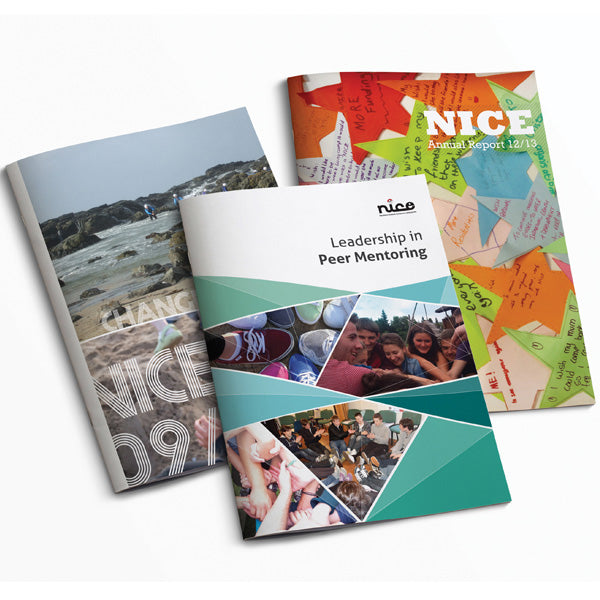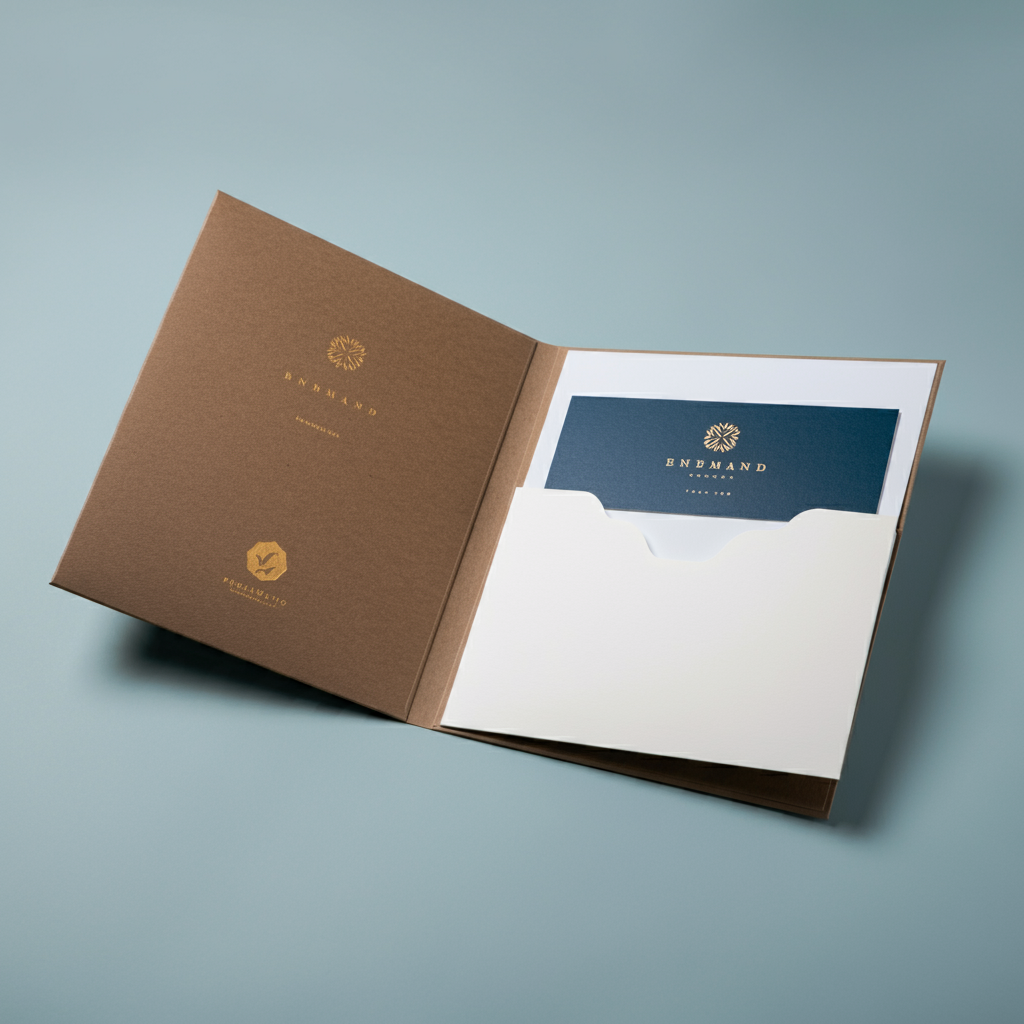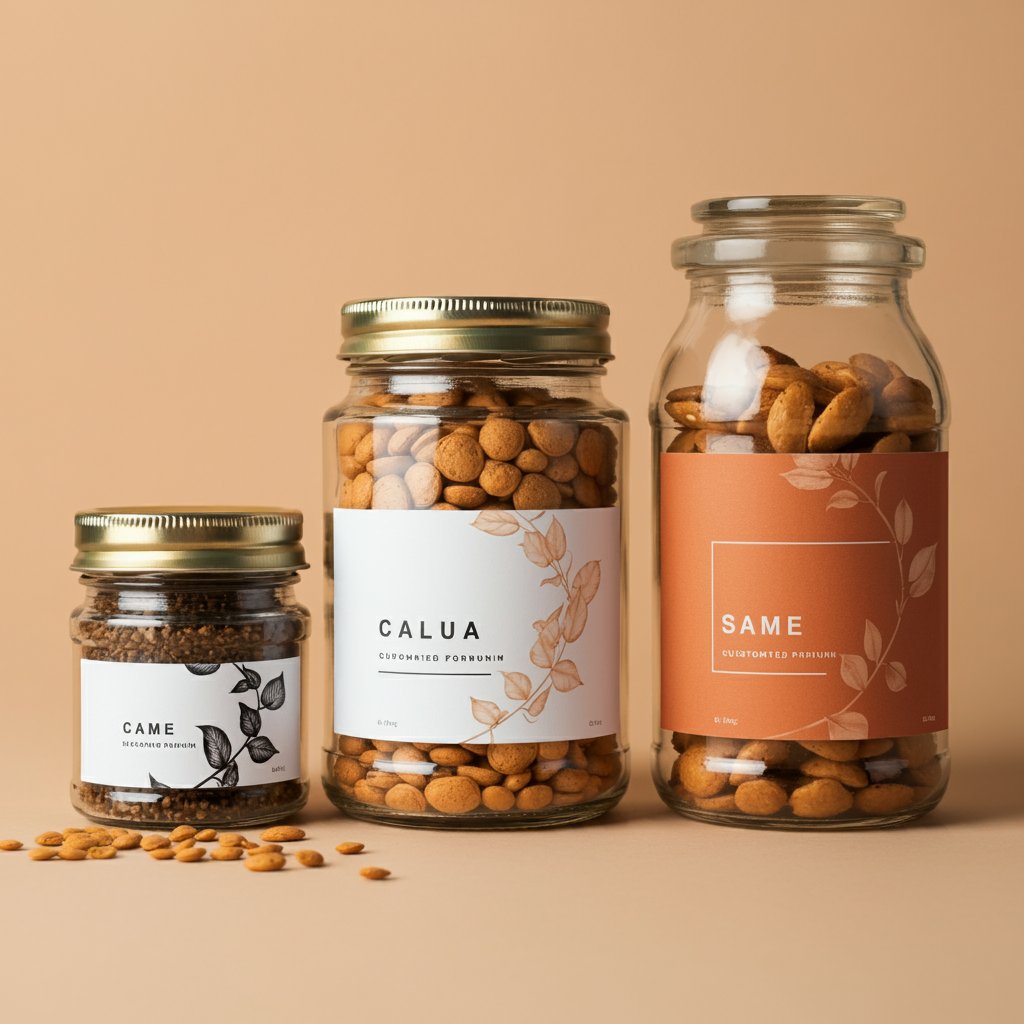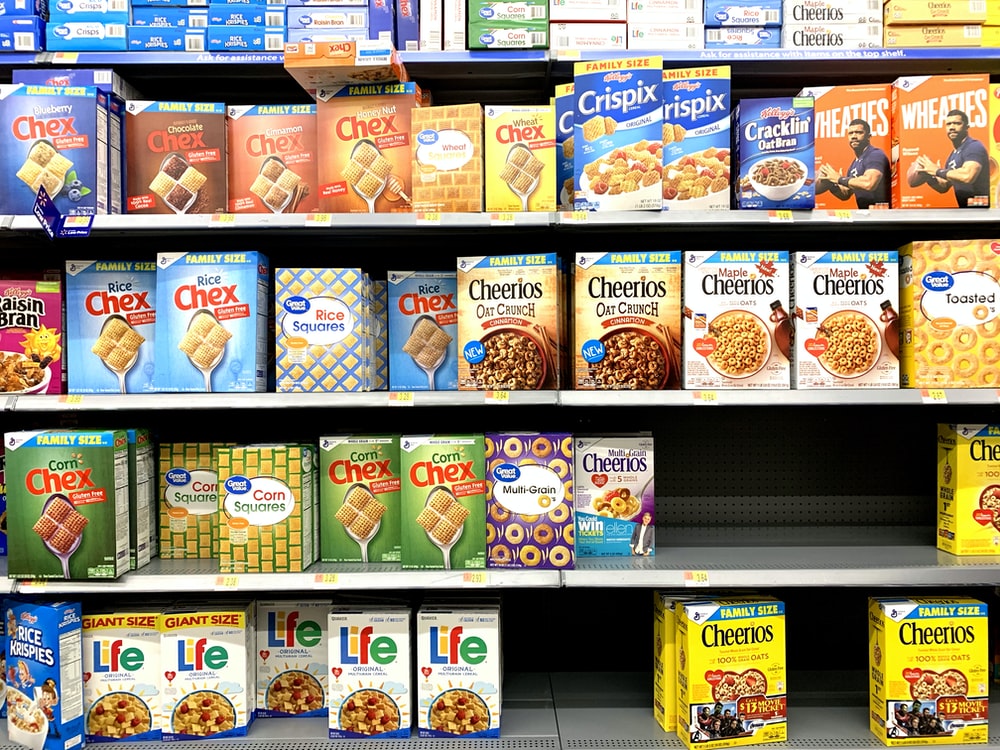-
Custom Manuals
Regular price $1.00 USDRegular priceUnit price per -
16 Page Manuals
Regular price $1.00 USDRegular priceUnit price per -
8 Page Manuals
Regular price $1.00 USDRegular priceUnit price per -
Perfect Bound Manuals
Regular price $1.00 USDRegular priceUnit price per -
Stapled Bound Manuals
Regular price $1.00 USDRegular priceUnit price per -
Wire-o Bound Manuals
Regular price $1.00 USDRegular priceUnit price per
Manuals are essential for the operation of any business. They are the backbone because they lay out the specifications for getting the work done within the company. They elaborate on how machines are supposed to run. They are essential in laying out employee procedures. They can even talk about the end of the year finances and profit and loss. You can make a manual for a class catalog, or you can take the format of a manual and design a corporate report. We print manuals all day, every day, and can make one for your exact needs.
Options for your manual printing:
● Sizes: 8.5" x 5.5", 8.5" x 11"
● Cover: 80/100 lb Card Stock; 80/100 lb Text Stock with Gloss Finish
● Inner Pages: 80/100 lb Text Stock with Gloss Finish
● Full Color CMYK/PMS Printing Process with Pantone Matching System
● Die cutting / embossing
● Foiling
Questions to ask before printing your manuals
Whether it’s an instruction manual for a new appliance or the officer’s handbook for your club, a manual is designed to teach. As a teaching tool, there are certain printing measures and considerations that you should keep in mind in order to get the most out of the experience. We’ll go over some questions that you should ask yourself.
What is the final size of my printed manual?
Most manuals which are printed in the United States are sized to correspond with a standard paper size. For instance, 8 ½ x 11” is a standard sheet size primarily because it is an 11 x 17” sheet folded in half. We consider 8 ½ x 5 ½” and 8 ½ x 11” to be standard sizes for manuals. This does not mean that other sizes cannot be used, but it does mean that there may be additional charges for cutting and finishing the material to that size.
Is color necessary for my manual printing?
Color and black and white printing are two different processes, done on different machines, and as such, there is a cost difference. Color is completely expected in a highly visual manual which presents graphs and charts, but in the case of demonstrating where parts fit with one another, it might not be necessary. We print in black and white and color. We can also print PMS colors (these are specific colors, like Coca-Cola red).
Do I want bells and whistles on my manual?
Well, of course not literal bells and whistles. Here, we’re talking about some of the finishing options that can accompany your work. Do you want some of the extras like die cutting, special inserts, perforated sheets, or foiling? We are a full-service printing company, and can definitely accommodate your needs. Do you want your school seal or your company’s logo embossed on the cover? We can do it.
● Foiling - The art of putting gold or silver foil on the printing. It’s most used for front covers and bringing out just that little bit of accent for the pages. You can see examples of gold foiling on the covers of annual reports, school catalogs, and more. You can also see gold and silver used on the spines of everyday books. The shininess is more attractive to readers.
● Perforated sheets - Do you have workbook pages in the middle of your manual which should be torn out? Maybe you are printing and creating the perfect lined leather journal for yourself. Those perforated sheets are something a valuable addition to corporate handbooks (please tear this page out and turn this in) and ordering manuals.
● Die cutting - Die cutting for your manual printing cuts designs from your pages or otherwise affects the shape of the pages. This is great for those who want to cut out logs and put them on the manuals themselves. School handbooks use die cutting to cut out lettering for their logos. You can also use die cutting to create different sizes and shapes for your book.
● Embossing - Embossing raises the paper to form a pattern. You’ll often see embossing done on business cards and material which needs a seal. In manuals, this is often done for corporate and student handbooks. You may, for instance, have the school logo raised in relief on the front page.
Have I proofed my manual before printing?
This is one of the most important questions that you need to ask yourself. Proofing every page saves people from the embarrassment of having typos and missteps throughout the document. While corrections are easily made on screen and in the digital world, corrections in the analog one mean another printing of manuals is in the offing. Best to get everything absolutely correct beforehand.
How many pages are in my printed manual?
At BestoPrint, we’re experts at printing 8- and 16-page documents for our clients. When you go longer, different binding options and methods of finishing come into play as others become closed off. For example, you might decide on perfect binding for a longer document where coil binding will suffice on the smaller ones. All of these questions tie into one another and make for the perfect custom manual printing.











